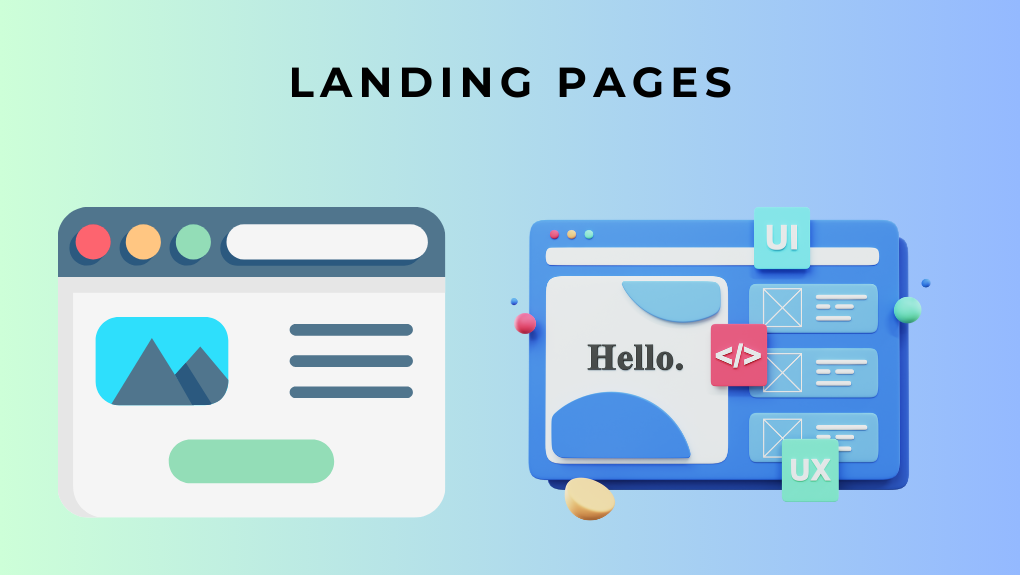Simple Feedback Form Tips That Keep Users Talking
Creating an engaging feedback form might not sound exciting, but it’s a secret weapon for businesses, SaaS platforms, and digital product teams. When done right, a well-designed feedback form doesn’t just collect data; it improves user experience, builds loyalty, and drives sustainable growth.
It encourages real conversations between users and businesses, allowing you to gather useful insights that power smarter decision-making and long-term retention. Whether you’re launching a new feature, updating your product, or optimizing your customer journey, gathering consistent and thoughtful feedback will help you understand what users love, what frustrates them, and what keeps them coming back.
Continuous feedback is critical for refining user experience, streamlining touchpoints, and creating high-performing products that align with real customer expectations and business objectives.
In this article, we’ll share practical tips to design simple yet effective feedback forms that spark conversation and deliver relevant insights. You’ll learn how to optimize the user journey through forms, ask the right questions, and drive actionable responses that contribute to lead generation, user satisfaction, and operational excellence.
Prioritize a Seamless User Experience from the First Click
Modern users expect instant and frictionless digital experiences. If your feedback form feels clunky or time-consuming, most users will drop off. Use clean design, minimal fields, and clear microcopy to ensure the experience is smooth and intuitive across all devices.
Every second counts when collecting feedback, so your form must feel natural, user-centric, and optimized for mobile and desktop interfaces alike. Simple enhancements like a progress bar, logical field grouping, or an intro message can reduce form fatigue and increase completion rates.
Even small visual cues such as hover effects or confirmation messages can make users feel acknowledged. Optimizing the form experience helps you build trust, capture better insights, and convert more leads over time through improved interactions.
Ask Questions That Users Actually Want to Answer
Vague or overly broad questions often lead to weak responses. Instead, ask focused questions that are respectful of your users' time and feel relevant to their experience. For example:
a. What feature did you find most useful.
b. Was anything unclear or confusing during your last session.
Ask questions that sound natural and speak directly to the user’s journey. Use a mix of multiple choice and open-ended questions to strike the right balance between ease and depth. Strong feedback starts with strong prompts, and personalized or role-specific questions often yield even higher response quality and completion rates.
In industries like gaming, collecting user feedback can also help address behavioral concerns or excessive usage, which in some cases have led to serious legal consequences like this video game addiction lawsuit involving addiction and settlement claims.
Include Optional Fields to Understand Behavior Patterns

Asking about usage frequency, goals, or satisfaction levels can help you segment users and personalize your follow-up. For SaaS platforms, understanding how often users log in or which tools they use the most provides valuable product insight. This segmentation lets you better cater to power users, identify at-risk customers, and tailor outreach strategies accordingly for higher engagement.
Optional questions like "How often do you use this feature" or "What would make this experience better" add depth without making the form feel mandatory or overwhelming. You can also collect contextual data such as device types or user roles to enhance personalization without increasing form abandonment.
Let Users Share Feedback on Features and Future Improvements
Feedback forms should not just be about problems. They are also an opportunity to co-create value. Invite users to share thoughts on upcoming features, interface changes, or content updates. Quick polls or short text fields can help you prioritize product development while making users feel heard and appreciated for their involvement.
When users see their feedback reflected in future updates, they are more likely to remain engaged and loyal. This ongoing feedback loop supports agile development cycles, validates roadmaps, and fosters long-term user relationships that go beyond one-time interactions or transactions.
Make It Easy to Report Issues or Friction Points
Users appreciate when it is easy to report bugs, errors, or confusing elements. Add dropdowns to categorize issues, short text fields to explain the problem, and optional file uploads for screenshots. The simpler you make it, the more likely users will report early and often, helping your team address problems quickly.
Fast and frictionless reporting shows that your business takes feedback seriously and improves overall product quality. Embedding report options inside your product or email campaigns also increases visibility and demonstrates a proactive customer support mindset that builds long-term trust.
By pairing these reporting features with strong email authentication practices, such as implementing DMARC, you also ensure that feedback requests and confirmations reach users securely and reliably, reinforcing confidence in your communication and support systems.
Offer Light Incentives to Boost Response Rates

Incentives do not need to be extravagant. Offering small rewards like early access to features, discounts, or entries into a giveaway can significantly improve form completion rates and motivate repeat participation. When users feel their time is respected and rewarded, they’re more likely to complete surveys consistently.
A Statista study shows that over 40 percent of users are more likely to provide feedback if they receive some form of value in return. Even a simple thank-you message or digital badge can make users feel appreciated. Try experimenting with different reward types and messages to identify what drives the best engagement among your audience.
Frequently Asked Questions
How long should a gaming feedback form be?
A gaming feedback form should take no more than 2–3 minutes to complete. Aim for 5–10 focused questions that mix multiple choice and optional short answers. Keep it brief to avoid drop-offs, but impactful enough to gather useful insights. Prioritize quality over quantity to respect players’ time.
What’s the best time to ask players for feedback?
The best time to ask for feedback is right after a gameplay session or milestone, when the experience is fresh. Prompting players after a level, match, or update captures genuine reactions. This timing increases response accuracy and engagement, making feedback more relevant and actionable for developers.
Should feedback be anonymous or linked to user profiles?
Offering both anonymous and profile-linked options gives players flexibility and increases response rates. Anonymous feedback encourages honesty, especially on sensitive topics. Linking responses to profiles can help track user-specific issues or reward participation. Balancing both options fosters trust while still enabling useful follow-ups when needed.
Conclusion
A well designed feedback form is more than just a survey. It is a communication tool that deepens user trust and informs better decisions. Businesses that focus on creating user friendly, targeted forms can drive meaningful engagement and build stronger customer relationships.
As you improve the way you collect feedback, you improve how your product evolves. Use these tips to create forms that generate real value for your brand. Consistent, relevant, and thoughtful feedback fuels innovation and helps your business stay aligned with evolving user needs and expectations.








